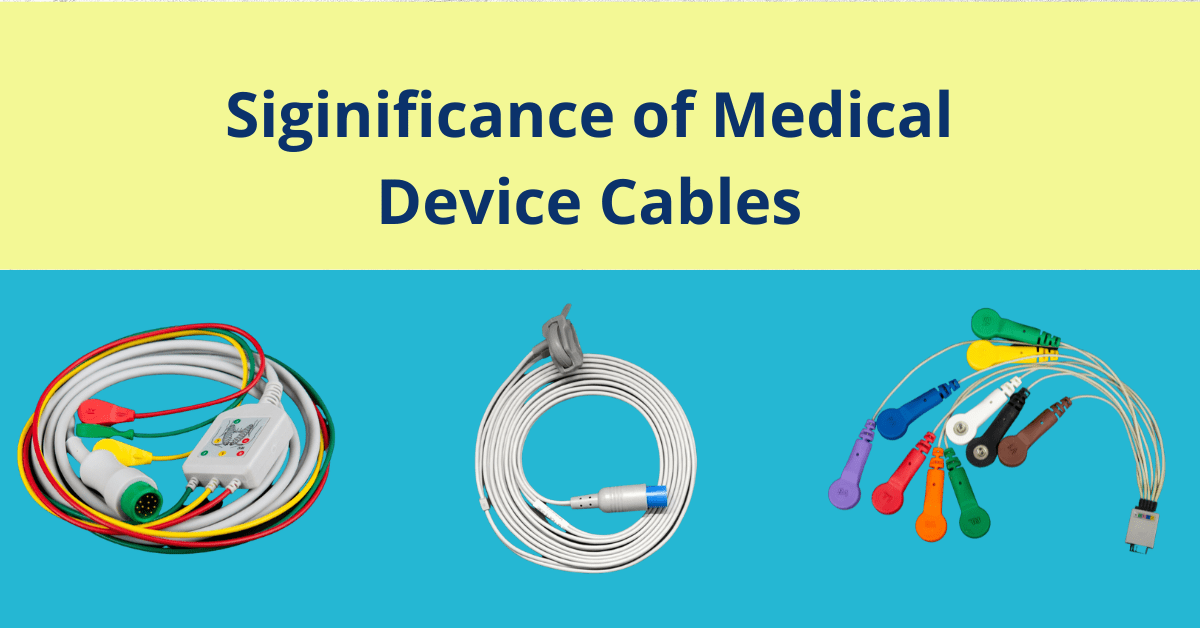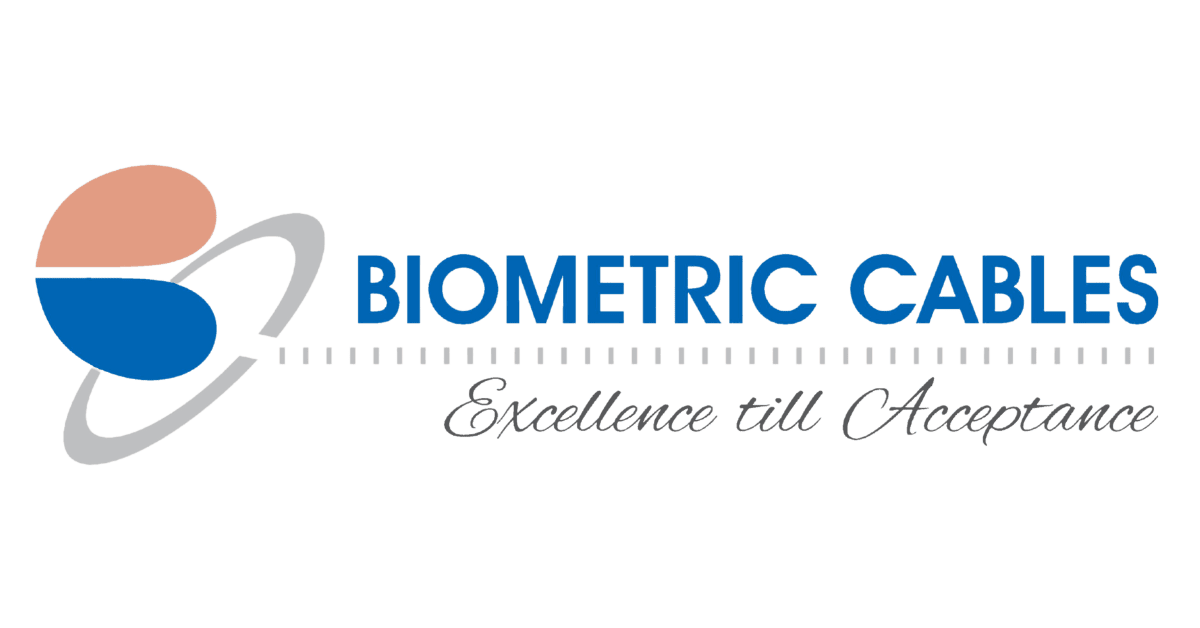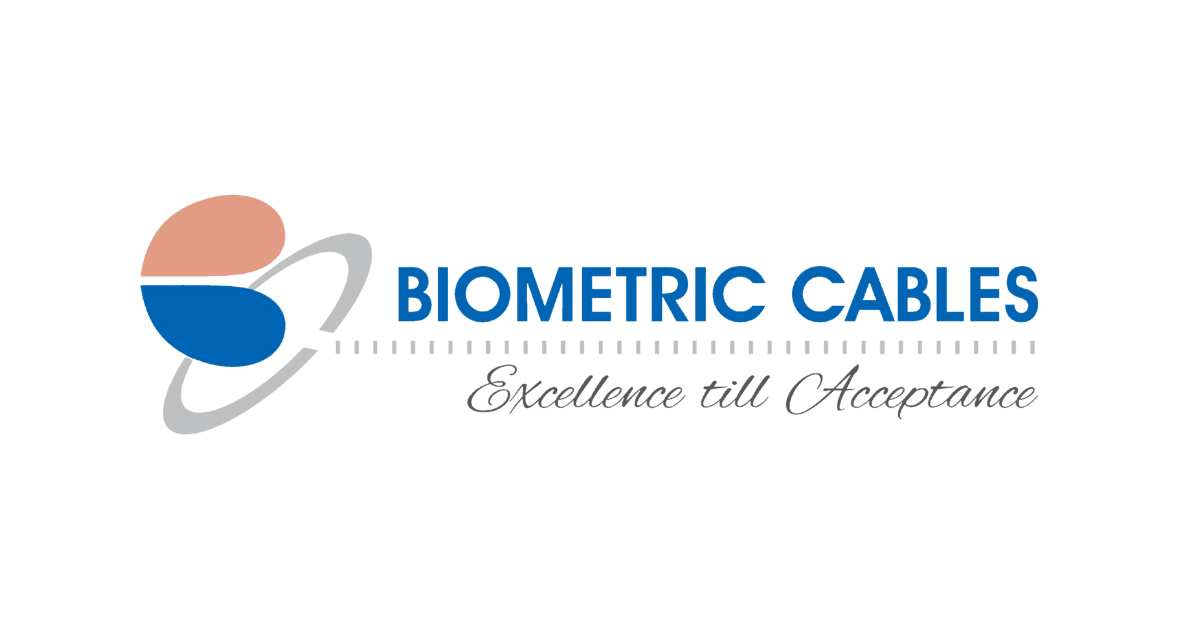Significance of Medical Device Cables

Medical Cable Assembly
Importance of Medical Cable Assemblies
Medical devices won’t function and operate properly if they are unable to transmit the signals within the devices. Needless to mention, even minor delays or minute technical errors in the transmission of data in these medical devices can result in severe effects. To avoid such instances, effective, reliable and accurate transmission of data between medical devices is highly surmountable. Similarly, custom medical cables are designed with certain characteristics which exhibit reliability that is crucial for critical care setups.
Benefits of Medical Device Cables
Durability
Medical cables are quite frequently subjected to harsh environmental conditions, thus resulting in wear and tear issues in the cables over usage. One of the pros of using these high-quality cable assemblies in medical devices can be guaranteed to be durable. Furthermore, it has a high chance of preventing medical equipment downtime, in turn enhancing patient diagnosis.
Cost Effective Solution
Another prime benefit is the cost savings solution for the healthcare providers while adopting these cable assemblies for your medical device. In the long run, due to the durability and long-lasting high-quality cable assemblies, the need for frequent replacements due to malfunctions/errors is less likely to occur. As a result, the OEM partners/healthcare providers can ultimately save time and costs. On the contrary, the cable assemblies can be customized according to the customer’s specific requirements, which is likely to minimize the need for additional components and thus, furthermore resulting in improved efficiency with decreased costs.
Quality
By tapping into high-quality cable assemblies, it lowers the risk of medical device failure, thus putting patient safety in place. Compliance is an integral part of medical clients and hence, the cable assemblies that are used in the healthcare industry are designed to meet stringent regulations and standards. They must be designed with high-quality components which meet the OEM performance standards.
Accuracy
Due to the fact that these cable assemblies are manufactured as per the specification by the OEMs and keeping in mind the standard and regulatory requirements, As a result, it allows the medical device application to perfectly suit the tolerance level intended for the assembly. Besides it, accurate patient diagnosis and the highest level of treatment care be carried out through the cable assemblies that transmit vital data between the devices.
Flexibility
Interference Resistant
The cables manufactured in the healthcare practice are RoHS ( Restriction of Hazardous Substances) compliant. The cables utilised in medical applications are EMI protected. As EMI interference can degrade the signals required for diagnostics, in such cases, effective shielding works in minimizing the unwanted active filtering and signals in the medical equipment.
Chemical Resistance
These cable assemblies are designed in such a way that they are resistant towards chemical exposure. Reusable cable assemblies are subjected to several cleaning and disinfection processes and in turn, they should be sealed properly to reuse them. The outer layer of the cable jacket acts as a safeguard for the conductor and insulator against chemical exposure.
Biocompatibility
Biological agents and chemicals are part of the healthcare industry. Upon meeting the regulatory standards, they must be biosafe and should comply with necessary ISO 10993 requirements.
Medical Device Cables types
The 3 types of Medical Cable assemblies are namely as follows
- Patient Interface:
The patient interface medical cable comprises a durable network of cables which fosters patient diagnosis. These are meant for a shorter lifespan. Similarly, in the long run, they might get prone to wear and tear issues. Example: heart monitors, Spo2 sensor probe
a.Limited Use Interfaces:
The limited-use interface cables are built to last until they need to be replaced or repaired. For instance, ECG diagnostic leads, ICU monitor cables, and CCU monitor cables can greatly be damaged by repeated chemical cleaning exposure and mechanical stress.
b. Long Life Patient Interface:
Durable, and flexible cables form the long-life patient interface cable assemblies. Examples of wear-resistant patient interface cable assemblies that guarantee longevity are ultrasound imaging cables.
c. Usage-only Interface:
The use-only interface medical devices are sterilized and packed in kits. Followed by that, they are usually discarded after usage. Examples: Fetal monitoring cables, electrosurgical devices, catheters
2. Communication Interface:
Communication is vital for any device in healthcare. The communication interface cable assemblies mainly comprise the range of serial cables, local area networks and fiber optic cables.
3. Equipment and Sub-assembly Interface:
These types of interface assemblies generally involve the original equipment installation. These cables are usually replaced once an upgrade or repair is needed. Example: Gamma Cameras ( Nuclear Imaging Devices)
Standards, Capabilities and Processes:
Standards, Capabilities and Processes:

